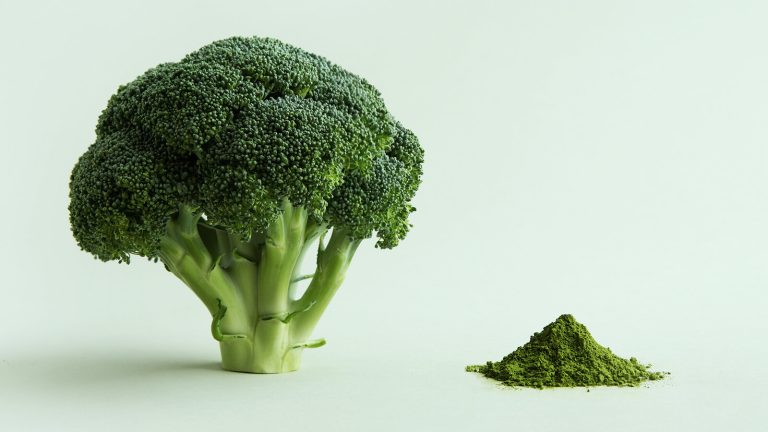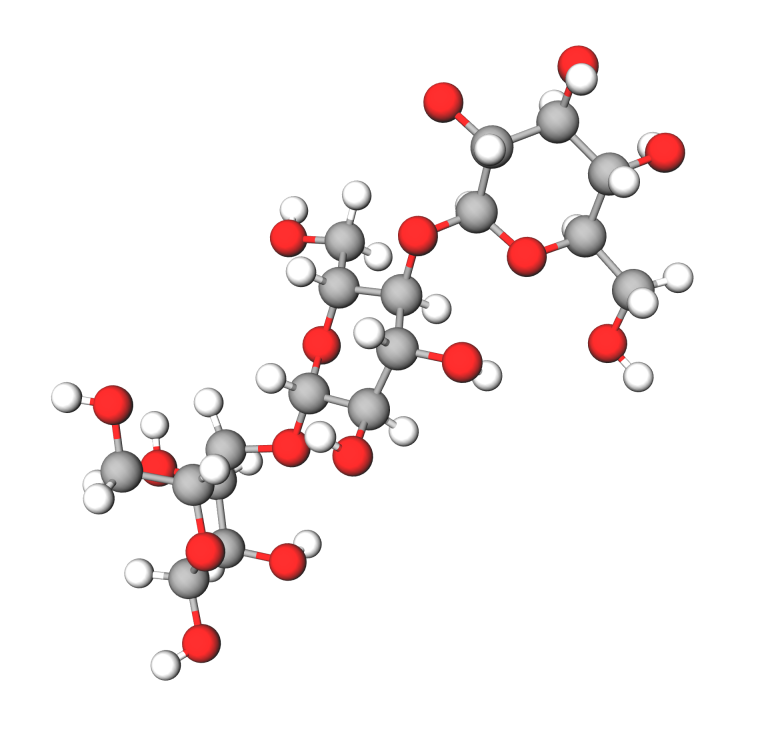Enriched Wheat Flour !Exploring the Benefits and Drawbacks in 2024
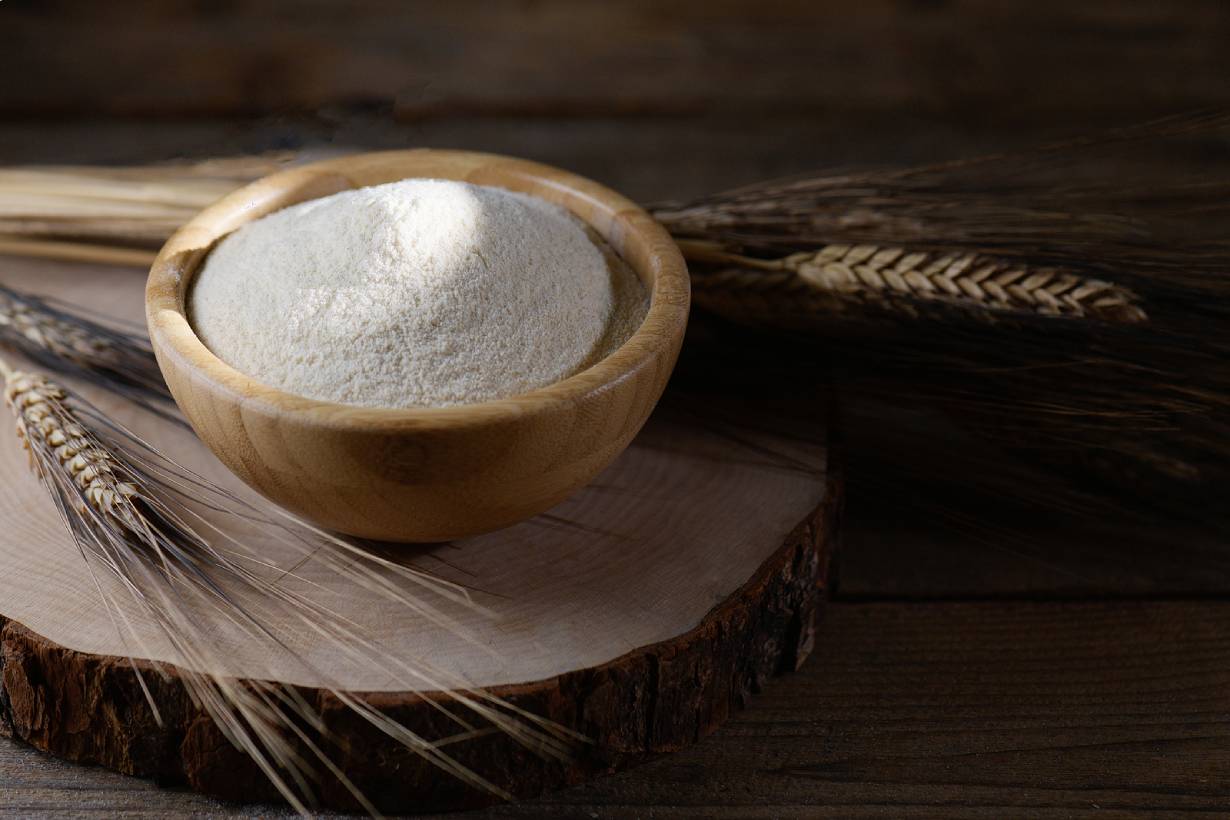
Introduction
Enriched Wheat Flour !Welcome to my blog on exploring the benefits and drawbacks of enriched wheat flour. In this article, we will delve into the fascinating world of enriched wheat flour, examining its nutritional value, history, and production process. Enriched wheat flour is a commonly used ingredient in numerous culinary applications, but it has also garnered some controversy due to potential health risks. We will also discuss alternative flours for those seeking healthier options. By the end of this article, you will have a comprehensive understanding of enriched wheat flour and be equipped to make informed choices about its consumption. Let’s dive in!
Overview of enriched wheat flour
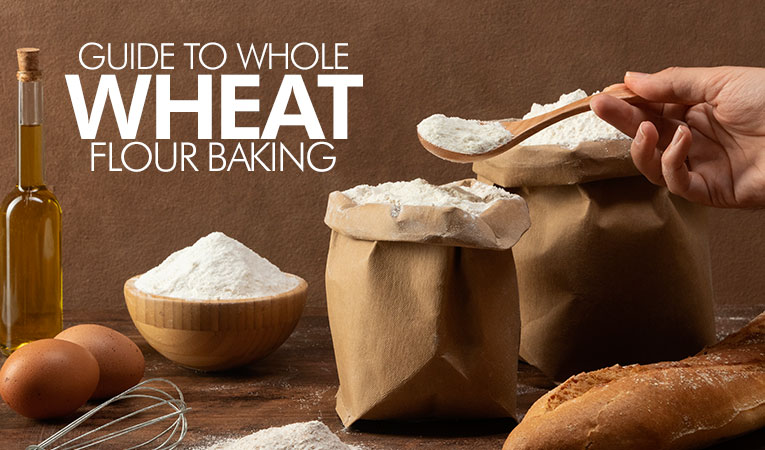
Enriched wheat flour is a widely used ingredient in the culinary world. It is a type of flour that has been fortified with various nutrients that are commonly lost during the refining process. Enriched wheat flour is typically high in carbohydrates and contains essential vitamins and minerals such as iron, thiamine, riboflavin, niacin, and folic acid. It serves as a versatile base for a variety of recipes, including bread, pasta, cakes, and pastries. The enrichment process helps replenish some of the nutrients lost during refining, making it a valuable ingredient for those seeking a balanced diet.
History and production process of enriched wheat flour
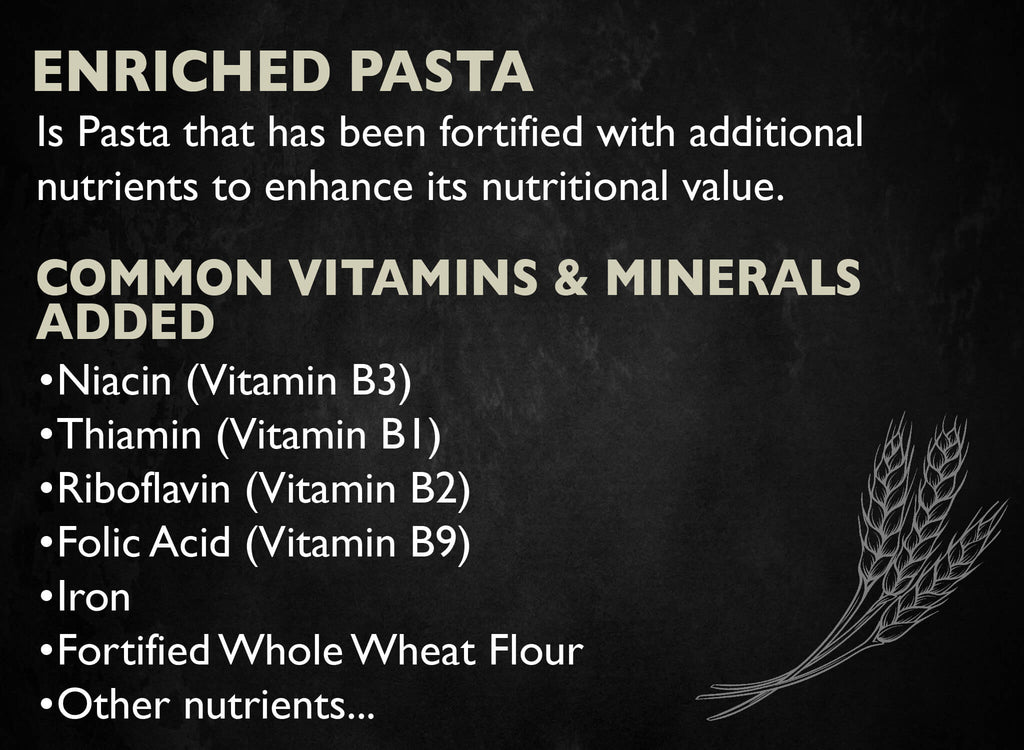
Enriched wheat flour has a long history dating back to the early 20th century when fortification became a practice in response to nutrient deficiencies. The process of enriching wheat flour involves adding back essential vitamins and minerals that are lost during the refining process. This is done by incorporating nutrients such as iron, thiamine, riboflavin, niacin, and folic acid into the flour. The fortification process ensures that the final product meets the recommended nutrient levels and provides consumers with a reliable source of essential nutrients. This production process has helped improve the nutritional quality of wheat flour and has become a standard practice in many countries.
Benefits of Enriched Wheat Flour
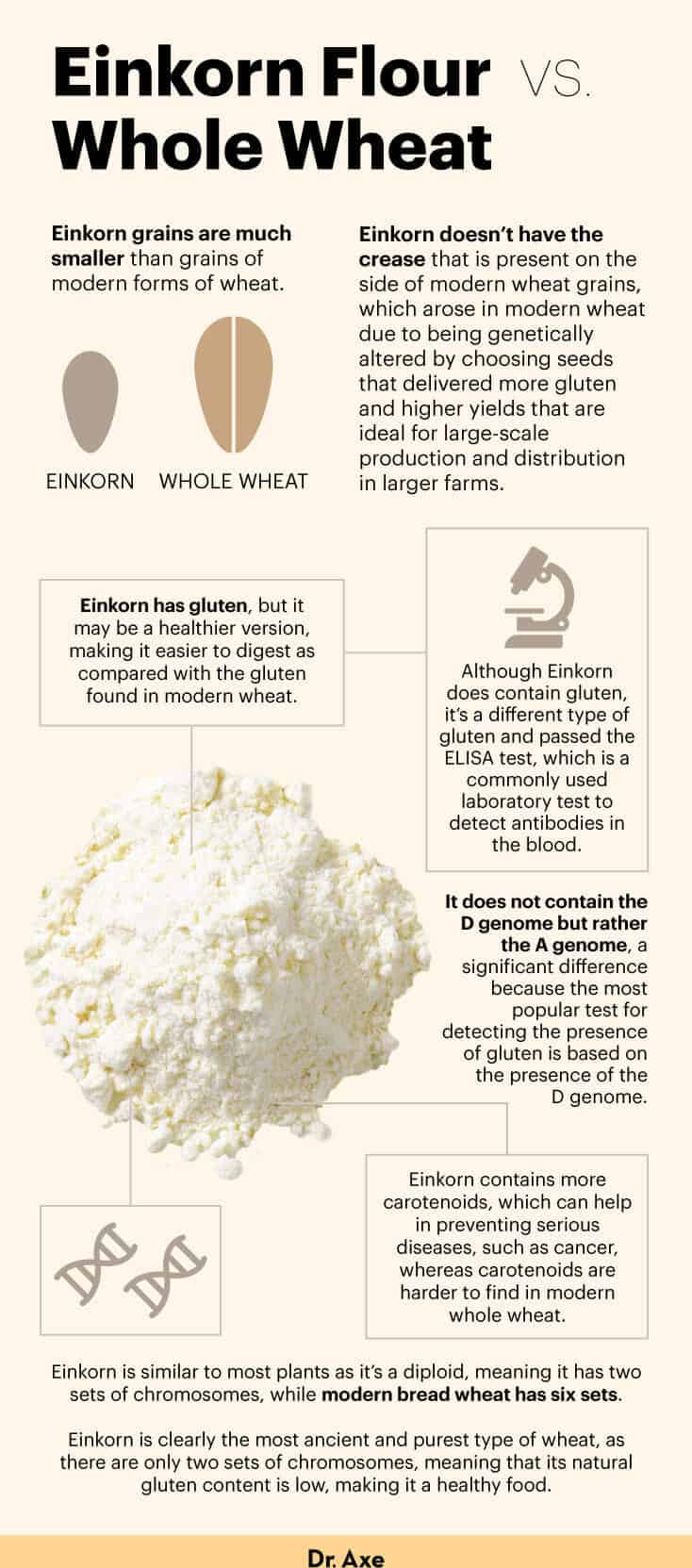
Enriched wheat flour offers several benefits due to its fortified nutrient content. As a reliable source of essential vitamins and minerals, it helps meet our daily nutritional requirements. Iron, thiamine, riboflavin, niacin, and folic acid are crucial for various bodily functions, including energy production, nerve function, and red blood cell formation. Incorporating enriched wheat flour into our diet can help prevent nutrient deficiencies and promote overall health. Moreover, it is readily available and affordable, making it an accessible option for individuals and families to maintain a well-balanced diet.
Enriched wheat flour and its nutritional value

Enriched wheat flour is a valuable source of essential nutrients. It contains important vitamins and minerals such as iron, thiamine, riboflavin, niacin, and folic acid. These nutrients play a crucial role in various bodily functions, including energy production, nerve function, and red blood cell formation. Incorporating enriched wheat flour into our diet helps ensure that we meet our daily nutritional requirements. It is important to note that while enriched wheat flour provides these nutrients, it should be part of a balanced diet that includes a variety of nutrient-rich foods.
Role of enriched wheat flour in preventing nutrient deficiencies

Enriched wheat flour plays a crucial role in preventing nutrient deficiencies. It is fortified with essential nutrients like iron, thiamine, riboflavin, niacin, and folic acid, which are often lacking in our diets. These nutrients are vital for our overall health and well-being, aiding in energy production, nerve function, and the formation of red blood cells. Including enriched wheat flour in our meals helps ensure we meet our daily nutritional requirements and reduce the risk of deficiencies. However, it is important to keep in mind that enriched wheat flour should be part of a balanced diet that includes a variety of nutrient-rich foods.
Drawbacks of Enriched Wheat Flour

While enriched wheat flour has its benefits, it’s important to be aware of the drawbacks as well. One drawback is that the enrichment process may lead to a loss of some naturally occurring nutrients during refining. Additionally, some people may have sensitivities or allergies to wheat, making enriched wheat flour unsuitable for them. Furthermore, the high carbohydrate content in enriched wheat flour can contribute to weight gain and increase the risk of chronic diseases such as diabetes and heart disease if consumed in excess. It’s important to consume enriched wheat flour in moderation as part of a balanced diet.
Potential health risks associated with enriched wheat flour

Consuming enriched wheat flour may pose some potential health risks. One concern is that the refining process involved in enriching the flour can lead to a loss of certain naturally occurring nutrients. Additionally, individuals with wheat sensitivities or allergies may experience adverse reactions when consuming enriched wheat flour. Furthermore, the high carbohydrate content in enriched wheat flour can contribute to weight gain and increase the risk of chronic diseases like diabetes and heart disease if consumed in excess. It’s crucial to exercise moderation when incorporating enriched wheat flour into your diet and consider alternative flours if you have specific dietary needs or concerns.
Controversies surrounding the use of enriched wheat flour

The use of enriched wheat flour has been a subject of controversy within the health and nutrition community. One concern is that the refining process involved in enriching the flour can result in a loss of certain naturally occurring nutrients. Some argue that this process creates a less nutritious product compared to whole wheat flour. Additionally, critics suggest that the fortification of flour with synthetic nutrients may not be as beneficial as obtaining these nutrients from whole foods. While enriched wheat flour can help address certain nutrient deficiencies, it is important to consider these controversies and make informed choices about our dietary preferences.
Alternatives to Enriched Wheat Flour

When it comes to finding alternatives to enriched wheat flour, there are several options available that can provide a healthier and more nutrient-dense alternative. Some popular alternatives include:
- Whole Wheat Flour: This flour contains the entire grain, making it a nutritious choice with higher fiber content.
- Almond Flour: Made from finely ground almonds, almond flour is gluten-free and rich in healthy fats and protein.
- Coconut Flour: This flour is made from the flesh of coconuts and is gluten-free. It is high in fiber and adds a subtle coconut flavor to dishes.
- Quinoa Flour: Quinoa flour is gluten-free and high in protein, making it an excellent choice for those with dietary restrictions or seeking to increase protein intake.
By incorporating these alternatives into your baking and cooking, you can enjoy the benefits of a wide range of nutrients while avoiding the potential drawbacks associated with enriched wheat flour.
Exploring alternative flours for a healthier diet

When it comes to creating a healthier diet, exploring alternative flours can be a great option. Incorporating whole wheat flour into your recipes is an excellent way to increase fiber content and add more nutrients to your meals. Almond flour is a gluten-free alternative that provides healthy fats and protein, while coconut flour adds a subtle coconut flavor and is high in fiber. Quinoa flour is another fantastic alternative, especially for those with dietary restrictions, as it is gluten-free and rich in protein. By incorporating these alternative flours into your cooking and baking, you can enjoy a wide range of nutrients while maintaining a healthier diet.
Comparison of nutritional profiles of different types of flour

When comparing the nutritional profiles of different types of flour, it’s important to consider their varying compositions. Whole wheat flour is high in fiber and contains essential vitamins and minerals, making it a nutritious choice. Almond flour is rich in healthy fats and protein, while coconut flour offers a high fiber content and a hint of coconut flavor. Quinoa flour stands out for its gluten-free and protein-rich nature. By understanding the nutritional benefits of these alternative flours, you can make informed choices to meet your dietary needs and preferences.
Practical Uses of Enriched Wheat Flour
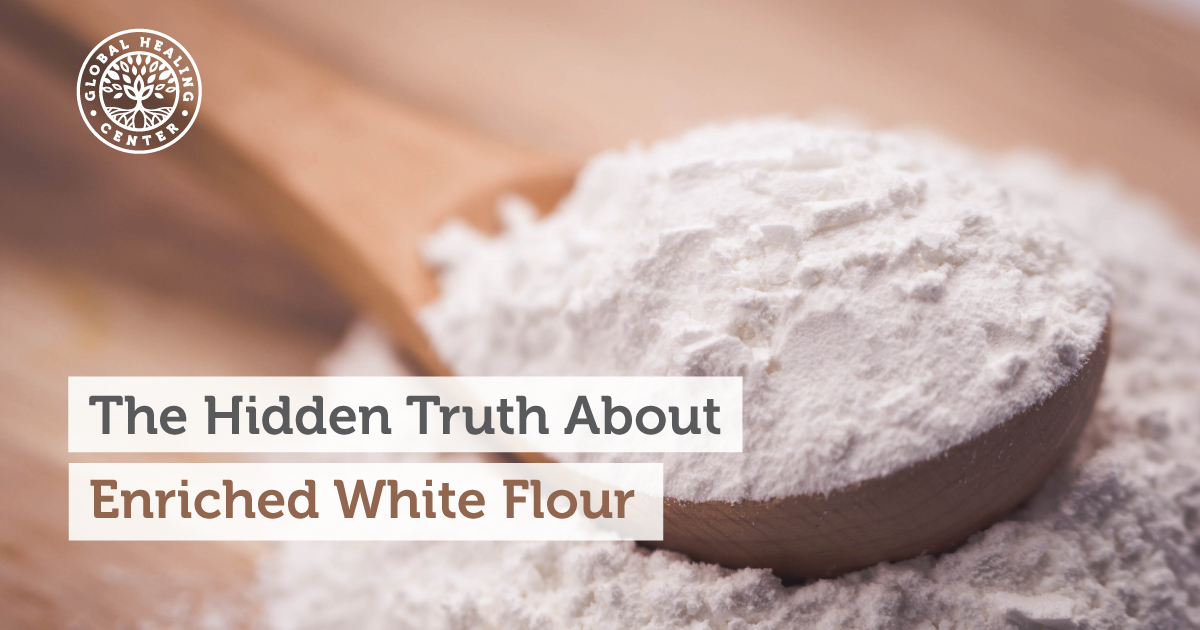
Enriched wheat flour is a versatile ingredient that is commonly used in a variety of culinary applications. Its high gluten content makes it ideal for baking bread, cakes, and pastries, as it provides structure and helps with rising. It is also commonly used as a thickening agent in sauces and gravies. I enjoy using enriched wheat flour in my everyday cooking to create delicious and satisfying meals. From homemade pasta to crispy fried chicken, enriched wheat flour adds a perfect touch of texture and flavor to my favorite recipes. So why not explore the many possibilities of enriched wheat flour in your own kitchen?
Common culinary applications of enriched wheat flour

When it comes to cooking and baking, enriched wheat flour is a staple ingredient in many recipes. Its versatility makes it suitable for a wide range of culinary applications. Some common uses of enriched wheat flour include:
- Baking: Enriched wheat flour is perfect for baking bread, cakes, cookies, and pastries. Its high gluten content helps with the structure and texture of baked goods.
- Thickening agent: Enriched wheat flour can be used as a thickening agent in sauces, gravies, and soups. It helps to create a smooth and creamy consistency.
- Coating for frying: Enriched wheat flour is commonly used as a coating for fried foods like chicken, fish, and vegetables. It creates a crisp and golden crust.
- Pasta making: Enriched wheat flour is ideal for making homemade pasta. Its texture and elasticity help to create perfectly cooked pasta noodles.
By incorporating enriched wheat flour into your cooking and baking, you can enjoy the benefits of its versatility and enhance the flavors and textures of your favorite dishes.
Recipes and tips for using enriched wheat flour in cooking and baking
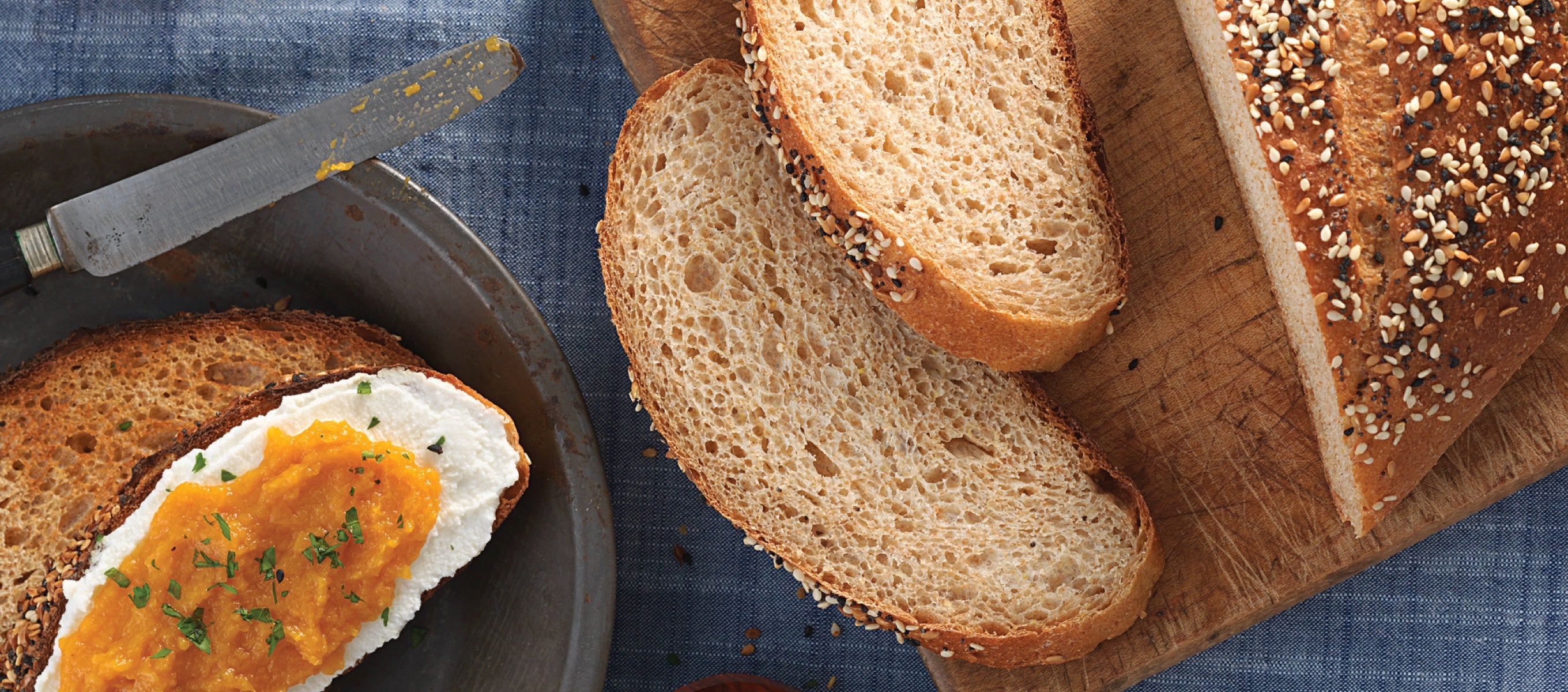
When it comes to cooking and baking, enriched wheat flour is a versatile ingredient that can be used in various recipes. Here are some recipes and tips for making the most of enriched wheat flour:
- Classic Bread: Use enriched wheat flour to make homemade bread, whether it’s a rustic loaf or a soft sandwich bread. The gluten content in enriched wheat flour helps create a light and airy texture.
- Fluffy Pancakes: For light and fluffy pancakes, swap out all-purpose flour with enriched wheat flour. The added nutrients in the flour enhance the taste and nutritional value of your breakfast.
- Delicious Cakes: Enriched wheat flour is the perfect choice for cakes, providing them with a tender and moist crumb. Try it in a classic chocolate cake or a fluffy vanilla cake.
- Crispy Coating: When frying foods like chicken or vegetables, coat them in a mixture of enriched wheat flour and seasonings. It creates a crispy and golden outer layer.
- Thickening Sauces: Use enriched wheat flour as a thickening agent for sauces, gravies, and soups. Mix it with some fat to create a roux and gradually whisk in the liquid for a smooth and velvety texture.
Remember to measure your enriched wheat flour accurately and follow the recipe instructions. With these tips and recipes, you can enjoy the benefits of enriched wheat flour in your cooking and baking endeavors.
May you like more
Exploring the Best Natural Multivitamins for Overall Wellness
Herbs for Libido Female That Deepen Pleasure and Increase Female Libido
Conclusion

In conclusion, enriched wheat flour is a commonly used ingredient in cooking and baking. It provides numerous benefits, such as adding nutritional value to the diet and preventing nutrient deficiencies. However, it also has drawbacks, including potential health risks and controversies surrounding its use. While enriched wheat flour is widely available, it’s important to consider alternative flours for a healthier diet. By making informed choices and using enriched wheat flour in moderation, we can enjoy its versatility in various culinary applications. Remember to always measure accurately and follow recipe instructions for optimal results.
Summary of the benefits and drawbacks of enriched wheat flour

Enriched wheat flour offers several benefits, such as providing essential nutrients like iron and B vitamins, which are crucial for overall health. It also helps in preventing nutrient deficiencies and promotes a balanced diet. However, it’s important to note that enriched wheat flour may have potential health risks, such as contributing to chronic diseases like obesity and diabetes due to its high carbohydrate content. Additionally, controversies surrounding the use of enriched wheat flour include concerns about the refining process and the removal of beneficial components like bran and germ. Considering alternative flours can be a healthier choice for those looking to reduce refined grains in their diet.
Considerations for making informed choices about consuming enriched wheat flour

When it comes to making informed choices about consuming enriched wheat flour, it’s important to consider a few key factors. First, understand your own dietary needs and goals. If you have specific nutritional requirements or are looking to reduce refined grains in your diet, exploring alternative flours may be a healthier option. Second, educate yourself about the refining process and the potential drawbacks associated with enriched wheat flour. Lastly, consider incorporating a variety of whole grains into your diet to ensure a well-rounded nutrient intake. By considering these factors, you can make informed choices about including enriched wheat flour in your diet.
About Author

Content Creator at PharmaPULS
Dr. James
Meet Dr. James, a seasoned pharmacist with a rich background spanning over 11 years in the field. His unwavering dedication to healthcare and passion for fostering well-being led to the creation of PharmaPULS. Driven by a commitment to providing accurate and insightful information, he endeavors to empower individuals to make informed decisions about their health. Through PharmaPULS, Dr. James aspires to bridge the gap between medical expertise and public understanding, ensuring that everyone has access to reliable pharmaceutical insights.

